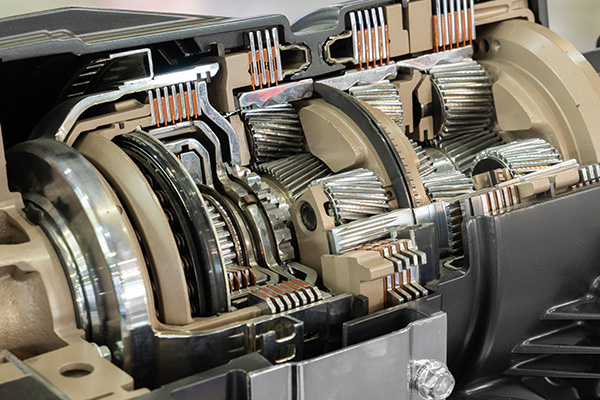
When shopping for a new vehicle or learning more about your current one, you might notice manufacturers boasting about cars with six, eight, or even ten-speed transmissions. The idea of “more gears” often suggests advanced technology and improved performance, but does it actually mean better fuel economy? Understanding how transmission gears work will help you see the connection and limitations between gear count and fuel efficiency.
How Transmission Gears Work
A transmission controls how power from your engine is delivered to the wheels. Gears allow your engine to operate efficiently at different speeds and loads. Lower gears provide more torque for acceleration and climbing, while higher gears let the engine run at lower RPMs during cruising, which saves fuel.
An automatic or manual transmission with more gears has a wider range of options for matching engine power to driving conditions. In theory, this should lead to smoother shifts and better efficiency.
The Shift Toward More Gears
Older vehicles often had three or four-speed transmissions. As technology advanced, engineers began adding more gears to improve acceleration, driving comfort, and fuel economy.
Having more gears allows the engine to stay closer to its optimal RPM range regardless of speed. For example, when driving on the highway, a higher gear reduces engine speed, lowering fuel consumption. On the other hand, lower gears can provide better power when needed, like during uphill driving or quick acceleration.
Do More Gears Always Mean Better Fuel Economy
While it’s true that more gears can improve fuel economy, it isn’t a guarantee. The efficiency gains depend on how well the transmission is designed and how it interacts with the engine and vehicle weight.
Some transmissions with many gears are tuned for performance rather than fuel savings, prioritizing faster acceleration over efficiency. Additionally, poorly designed multi-gear transmissions can result in frequent shifting or “gear hunting,” which can actually harm fuel economy and driving comfort.
The Role of Transmission Type
The type of transmission also plays a big role in fuel efficiency. For example:
Continuously Variable Transmissions (CVTs)
CVTs don’t use traditional gears at all. Instead, they provide an infinite range of gear ratios, allowing the engine to stay at its most efficient RPM. This design often improves fuel economy but can feel less responsive to some drivers.
Dual-clutch transmissions (DCTs)
These offer quick gear changes and can improve both performance and efficiency. However, they are more complex and can be costly to maintain.
Traditional automatic and manual transmissions
Both can benefit from having more gears, but the final efficiency depends on design and tuning.
Balancing Fuel Economy and Driving Experience
For many drivers, the appeal of more gears is about more than just fuel economy. Extra gears can provide smoother acceleration, more responsive power delivery, and a more refined driving experience.
Manufacturers often use advanced software to control shifting patterns, making the most of extra gears without sacrificing comfort. The result can be a vehicle that feels both powerful and efficient.
Other Factors Affecting Fuel Economy
While transmission design is important, it's only one piece of the puzzle. Fuel efficiency also depends on:
- Engine technology and size
- Vehicle weight and aerodynamics
- Tire type and condition
- Driving habits and road conditions
- Maintenance and overall vehicle health
Even the best transmission can’t overcome aggressive driving or lack of maintenance. Smooth acceleration, steady speeds, and keeping your vehicle in top shape are just as critical for fuel savings.
Why Understanding Transmission Matters
Knowing how your transmission works can help you drive more efficiently and understand your vehicle's strengths and limitations. For those considering a new car, looking beyond gear count to overall design and fuel economy ratings is essential.
Get Your Transmission Serviced at Village Transmission & Auto Clinic in Edmonds, WA
Whether your vehicle has a modern multi-gear automatic transmission or a traditional setup, regular maintenance is key to keeping it performing efficiently. Our expert technicians at Village Transmission & Auto Clinic in Edmonds, WA, can inspect, service, and repair your transmission to help you get the best possible fuel economy and driving experience. Schedule an appointment today and keep your vehicle shifting smoothly for years to come.